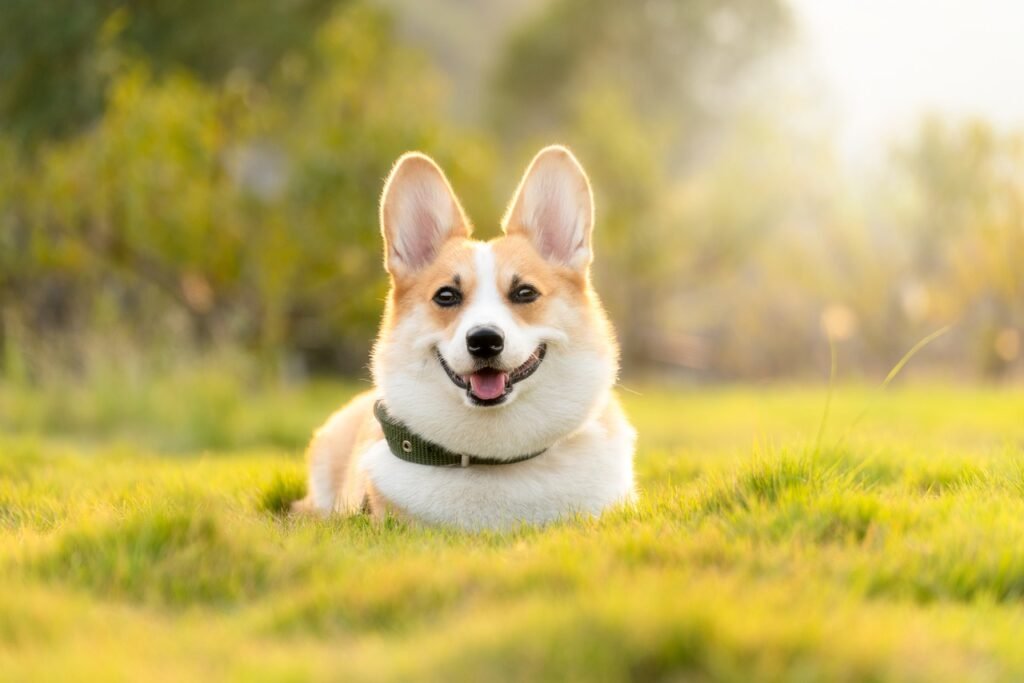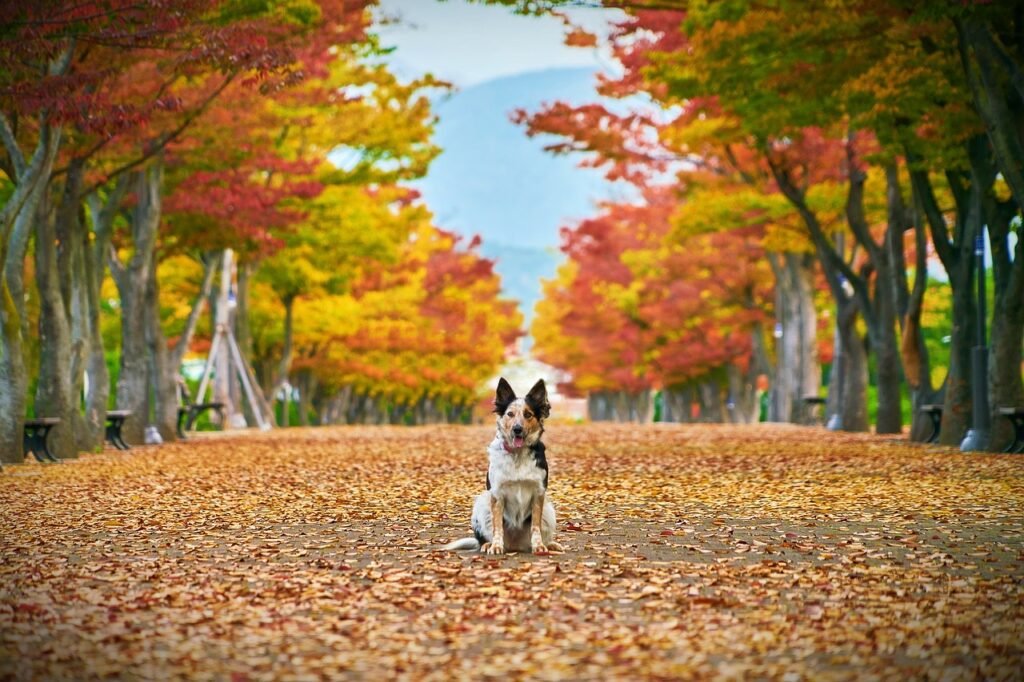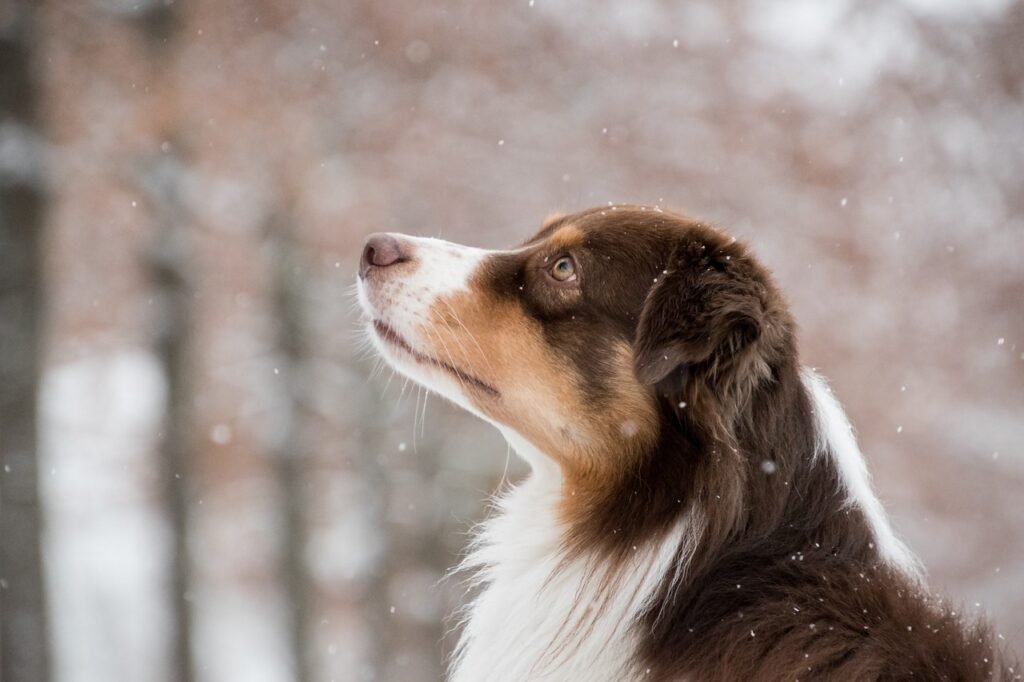Caring for your furry friend all year round can be tricky. With changing weather, your pup’s health needs also shift. This guide is here to help you understand how to keep your dog safe and healthy through every season. From spring allergies to winter coats, we’ve got you covered.
Seasonal Dog Care Tips
Why Seasonal Dog Care Is Essential
Dogs, like humans, react to the different seasons. Each season brings its own set of challenges and risks. Whether it’s the pollen in spring or the chilly winds in winter, your dog needs special attention to thrive. Proper seasonal care ensures your dog’s overall well-being, helping them live a happier, healthier life.
Adapting to Seasonal Changes for Optimal Dog Health
Transitioning from one season to another can be tough on your pup. Knowing how to adjust their care routine based on the weather can make all the difference. It’s crucial to adapt to these changes to keep your dog comfortable and healthy year-round.
Common Risks and Challenges in Different Seasons
Each season presents unique risks for dogs. Understanding these risks is the first step in preventing potential health issues. From parasites in the warmer months to frostbite in the winter, being aware of what to watch out for can save you and your dog a lot of trouble.
Spring Dog Care Tips

Spring is a time of renewal but also brings challenges like allergies and parasites. Here’s how to help your dog through this season.
Dealing with Spring Allergies in Dogs
Springtime allergies can make your dog miserable. Recognizing and managing these allergies can significantly improve their quality of life.
Identifying Common Allergy Symptoms
Watch for symptoms like sneezing, itching, and watery eyes. These are common indicators that your dog might be suffering from allergies.
Tips for Managing Pollen and Allergens
Keep your home clean, wash your dog’s paws after walks, and use air purifiers to manage pollen levels indoors.
Preventing Fleas, Ticks, and Other Parasites
Warmer weather means an increase in parasites. Keeping your dog parasite-free is crucial for their health.
Effective Flea and Tick Prevention Methods
Use vet-recommended flea and tick preventatives and regularly check your dog for signs of parasites.
Safe Parasite Treatments for Dogs
Consult your veterinarian for safe and effective treatments. Over-the-counter options can be tempting, but professional advice is always best.
Spring Cleaning Your Dog’s Environment
A clean environment can help keep your dog healthy and happy.
Deep Cleaning Beds, Toys, and Grooming Tools
Regularly clean your dog’s bed, toys, and grooming tools to prevent the spread of allergens and parasites.
Lawn and Garden Care for Dog Safety
Ensure your lawn and garden are free from harmful chemicals. Opt for pet-safe treatments to keep your dog safe.
Summer Dog Care Tips

Summer can be fun but also dangerous for dogs due to the heat. Here’s how to keep your pup cool and hydrated.
Keeping Your Dog Cool in Hot Weather
High temperatures can be harmful to dogs. Taking steps to keep them cool is essential.
Recognizing Signs of Heatstroke
Watch for excessive panting, drooling, and lethargy. These can be signs of heatstroke, which is a medical emergency.
Cooling Techniques: Water Play, Shade, and Cooling Mats
Encourage water play, provide plenty of shade, and use cooling mats to help your dog beat the heat.
Hydration Tips for Hot Days
Staying hydrated is crucial during summer. Make sure your dog has access to fresh water at all times.
How Much Water Does Your Dog Need?
On hot days, your dog might need more water than usual. Monitor their intake and ensure they’re drinking enough.
Tips for Encouraging Hydration
Add ice cubes to their water bowl or offer hydrating treats like watermelon to encourage your dog to drink more.
Sun Protection for Dogs
Just like humans, dogs can get sunburned. Protecting their skin is important.
How to Protect Dogs with Short or Thin Coats
Use canine sunscreen or protective clothing for dogs with short or thin coats.
Canine Sunscreen and Other Solutions
Invest in a good-quality sunscreen made specifically for dogs to prevent sunburn.
Safe Exercise in Summer
Exercise is important, but it needs to be safe and appropriate for the summer heat.
Best Times of Day for Walks
Walk your dog during the cooler parts of the day, like early morning or late evening, to avoid the harsh midday heat.
Protecting Paws from Hot Pavement
Hot pavement can burn your dog’s paws. Test the ground with your hand before walks and consider dog booties for protection.
Fall Dog Care Tips

Fall brings cooler weather and new challenges. Adjusting your dog’s care can help them transition smoothly into this season.
Transitioning Your Dog’s Diet for Cooler Weather
Your dog’s dietary needs may change as the weather cools down. Adjusting their diet can help maintain their health.
Adjusting Calories and Nutrients for Fall Activity Levels
Decrease or increase caloric intake based on your dog’s activity level to keep them at a healthy weight.
Adding Seasonal Foods to Your Dog’s Diet
Incorporate seasonal foods like pumpkin and sweet potatoes, which are not only tasty but also nutritious.
Shedding Season: Managing Your Dog’s Coat
Fall is a common shedding season for dogs. Proper grooming can help manage this.
Grooming Tips to Handle Increased Shedding
Regular brushing and using de-shedding tools can help manage the extra fur.
Reducing Shedding with Nutrition and Supplements
Nutritional supplements like omega-3 fatty acids can reduce shedding and promote a healthy coat.
Outdoor Safety During Hunting Season
Fall is hunting season in many areas. Keeping your dog safe is crucial during this time.
Keeping Your Dog Visible and Safe in Wooded Areas
Use high-visibility gear and keep your dog on a leash to ensure they’re safe during walks in wooded areas.
Winter Dog Care Tips

Winter can be harsh, but with the right care, your dog can stay cozy and healthy.
Cold Weather Gear for Dogs
Proper gear can help keep your dog warm during winter walks.
Dog Coats, Sweaters, and Boots: What to Choose
Choose well-fitting coats, sweaters, and boots to protect your dog from the cold.
Signs Your Dog Is Too Cold
Watch for shivering, lethargy, and reluctance to go outside. These could be signs your dog is too cold.
Protecting Paws from Ice, Salt, and Snow
Winter conditions can be tough on your dog’s paws. Proper care is essential.
Safe Paw Care Products and Methods
Use paw balms and booties to protect your dog’s paws from ice and salt.
Cleaning and Moisturizing After Winter Walks
Clean your dog’s paws after walks to remove salt and other harmful substances. Use a moisturizer to prevent cracking.
Indoor Activities for Winter Months
Keeping your dog entertained indoors can prevent boredom and destructive behavior.
Mental Stimulation Games for Indoor Play
Puzzle toys and interactive games can keep your dog mentally stimulated during the winter months.
Low-Impact Exercises to Keep Your Dog Fit Indoors
Indoor fetch, tug-of-war, and gentle exercises can keep your dog active even when it’s too cold to go outside.
Year-Round Health and Wellness Practices
Maintaining consistent health practices is key to your dog’s well-being, no matter the season.
Maintaining a Consistent Grooming Routine
Regular grooming helps keep your dog clean and healthy all year long.
Bathing, Brushing, and Nail Trimming Basics
Establish a routine for bathing, brushing, and nail trimming to keep your dog looking and feeling their best.
Scheduling Regular Vet Checkups
Regular vet visits are crucial for preventative care.
Importance of Year-Round Preventative Care
Year-round care helps catch potential health issues early and ensures your dog stays healthy.
Seasonal Health Screenings and Vaccinations
Seasonal screenings and vaccinations can protect your dog from common ailments and diseases.
Travel and Holiday Considerations
Travel and holidays can be stressful for dogs. Proper planning can make these times enjoyable for everyone.
Keeping Your Dog Safe During Holiday Celebrations
Holidays can bring hazards for dogs. Keeping them safe should be a priority.
Pet-Proofing During Festivities
Ensure decorations and foods are out of reach, and create a safe space for your dog to retreat to.
Foods and Decorations to Avoid
Many holiday foods and decorations are dangerous for dogs. Know what to avoid.
Traveling with Your Dog Throughout the Year
Traveling with your dog requires planning. Here’s how to do it safely.
Tips for Safe Road Trips and Flights
Prepare for road trips and flights by ensuring your dog is comfortable and secure.
Seasonal Travel Considerations: Car Heat, Cold, and Comfort
Consider the season when traveling with your dog. Ensure they are comfortable and safe in varying temperatures.
Adjusting Activity Levels by Season
Your dog’s activity needs to change with the seasons. Adjusting their exercise routine can help keep them fit and happy.
How Different Seasons Affect Your Dog’s Energy Levels
Seasonal changes can impact your dog’s energy. Understanding this helps in planning their activities.
Modifying Exercise Plans Based on Weather
Adjust exercise routines based on the weather to keep your dog safe and active.
Safe Indoor Alternatives to Outdoor Activities
Indoor activities can provide exercise when outdoor conditions aren’t favorable.
Signs Your Dog Needs More or Less Exercise
Watch for signs of over or under-exercise to keep your dog balanced and healthy.
Seasonal Grooming Tips
Grooming needs to change with the seasons. Keeping up with these changes can help your dog look and feel their best.
Managing Seasonal Shedding and Coat Changes
Proper grooming can help manage shedding and coat changes throughout the year.
Tips for Winter and Summer Coats
Different coats need different care. Adjust grooming based on the season.
When to Schedule Professional Grooming Sessions
Knowing when to seek professional help can keep your dog’s coat in top condition.
Caring for Your Dog’s Skin in Different Seasons
Seasonal changes can affect your dog’s skin. Proper care is essential.
Preventing Dry Skin in Winter
Cold weather can cause dry skin. Use moisturizers and avoid over-bathing to keep your dog’s skin healthy.
Managing Irritations from Heat and Pollen in Summer and Spring
Allergens can irritate your dog’s skin. Regular baths and vet-recommended treatments can help.
Conclusion
Seasonal dog care is crucial for your pup’s health and happiness. By being proactive and prepared, you can ensure your dog thrives no matter the season. Remember to consult your vet for personalized advice and stay informed about best practices for dog care.
Frequently Asked Questions
How Can I Tell If My Dog Is Too Hot or Too Cold?
Watch for signs like excessive panting, shivering, or reluctance to go outside. These can indicate your dog’s discomfort with the temperature.
What Should I Do If My Dog Gets Fleas or Ticks?
Consult your vet immediately for safe and effective removal and treatment options. Regularly using preventative measures can also help.
How Often Should I Take My Dog to the Vet for Seasonal Checkups?
Regular vet visits, at least once a year, are recommended. However, seasonal checkups can help address specific seasonal health concerns.
Can Dogs Get Sunburned?
Yes, dogs can get sunburned, especially those with short or thin coats. Use canine sunscreen and provide shade to keep your dog safe from the sun.
What Are the Best Indoor Activities for Dogs in the Winter?
Puzzle toys, interactive games, and low-impact exercises like indoor fetch or tug-of-war can keep your dog entertained and active during winter months.

